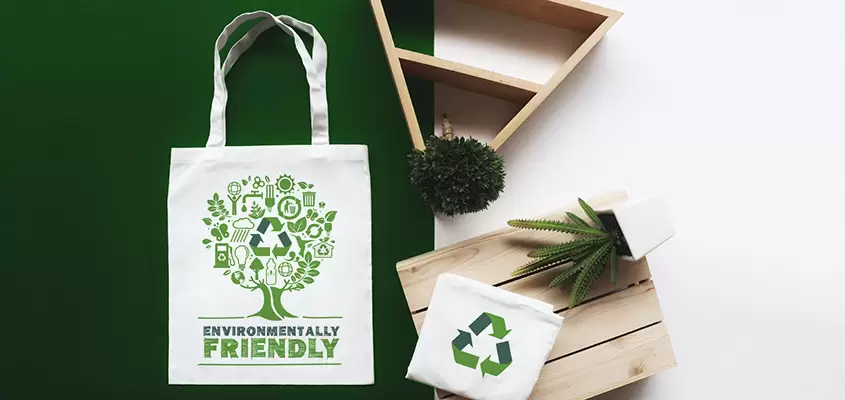Is It Possible To Carry Out Traditional Marketing Methods In A Sustainable Way?
Environmental concerns are at the forefront of global consciousness, and businesses are increasingly seeking ways to make their practices more sustainable. Traditional marketing, often criticized for its environmental impact, is no exception. The question arises: Is it possible to use conventional marketing methods sustainably? The answer, while complex, is a resounding yes. Here’s how businesses can embrace sustainability in their traditional marketing efforts.
Sustainable Print Advertising
Print advertising, encompassing everything from brochures and flyers to direct mail, has historically contributed significantly to paper waste. However, businesses can adopt several strategies to mitigate this impact. First, using recycled paper and environmentally friendly inks can drastically reduce the environmental footprint of printed materials. Soy-based and vegetable-based inks are excellent alternatives to traditional petroleum-based inks, which harm the environment.
Moreover, print runs can be optimized to avoid excess production, and digital proofs can be used to minimize waste during the design phase. Businesses can also encourage recycling by incorporating recycling symbols and information on their printed materials, ensuring that consumers are aware of how to dispose of these items responsibly.
Eco-friendly Packaging and Promotional Materials
Promotional materials, including branded merchandise and packaging, can be major sources of waste. Companies can opt for eco-friendly materials such as biodegradable plastics, recycled paper, and organic fabrics to address this. For instance, reusable tote bags made from organic cotton or recycled polyester not only serve as effective promotional items but also reinforce a company’s commitment to sustainability.
Furthermore, minimalist packaging that reduces excess material use and incorporates recycled content can significantly lessen the environmental impact. Companies can also consider the lifecycle of their promotional products, opting for items that are durable and reusable rather than disposable.
Sustainable Event Marketing
Events and trade shows are key components of traditional marketing strategies but are often associated with substantial waste, from single-use decorations to excessive paper handouts. To make events more sustainable, businesses can implement several practices. Digital registration and ticketing can reduce paper waste, while virtual event options can minimize the carbon footprint associated with travel.
Onsite, sustainable practices can include using reusable or compostable materials for food and drink service, providing recycling and compost bins, and partnering with local suppliers to reduce transportation emissions. Additionally, any printed materials distributed at events can be made from recycled paper and printed with eco-friendly inks.
Outdoor Advertising and Eco-friendly Materials
Billboards, banners, and other forms of outdoor advertising traditionally rely on materials like vinyl, which are not biodegradable. However, innovative alternatives are emerging. For example, eco friendly banner material made from recycled or biodegradable substances are now available. Companies can also invest in digital billboards, which, while requiring energy, can be powered by renewable sources and reduce the need for physical materials.
Moreover, integrating green messages and supporting environmental causes through outdoor advertising can enhance a company’s brand image while promoting sustainability. Partnering with environmental organizations for campaigns or dedicating a portion of advertising space to eco-friendly messages can amplify the impact.
Measuring and Offsetting Impact
Finally, businesses committed to sustainable traditional marketing should measure their environmental impact and strive for continuous improvement. Carbon footprint calculators and sustainability audits can help identify areas for improvement. Companies can invest in carbon offset programs to balance their emissions where impacts cannot be entirely mitigated.
While traditional marketing methods have historically been associated with significant environmental impacts, it is entirely possible to carry them out in a sustainable way. By adopting eco-friendly materials, optimizing production processes, incorporating digital alternatives, and committing to continuous improvement, businesses can reduce their environmental footprint while maintaining effective marketing strategies.
As consumer awareness and demand for sustainability grow, companies that lead the way in sustainable marketing will not only benefit the planet but also enhance their brand reputation and loyalty.
